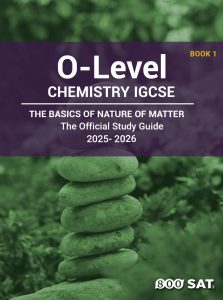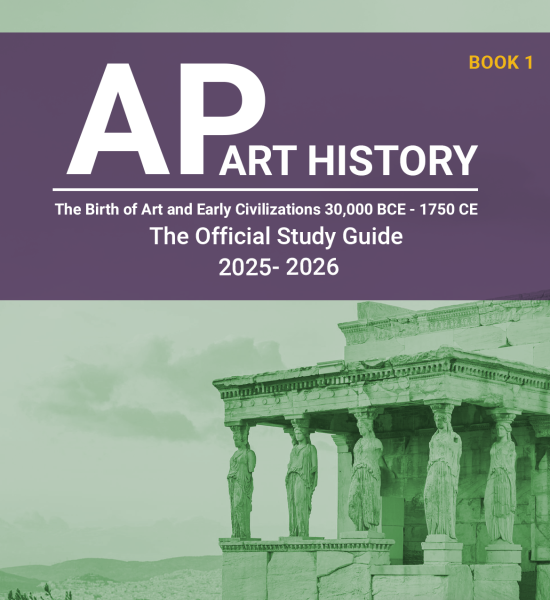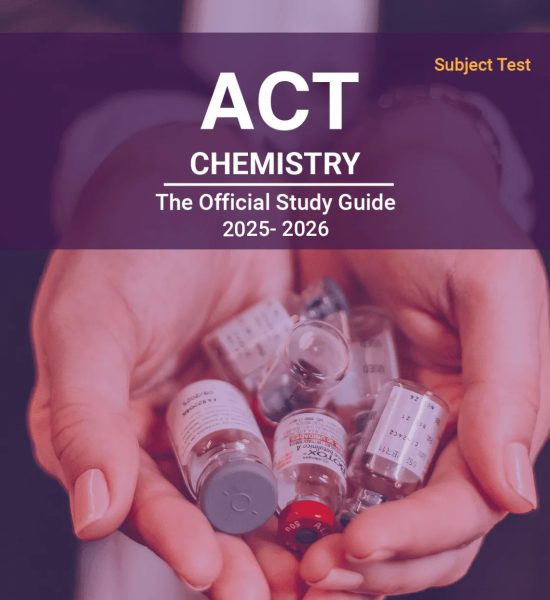Chemistry IGCSE O-Level Book 1: The Basics of Nature Of Matter
 understanding and appreciation of the practical implications of chemistry.
understanding and appreciation of the practical implications of chemistry.
To assess and reinforce learning, the Green Module includes formative and summative assessments. Crafted to mirror the IGCSE O-Level examination, these assessments provide valuable practice and insights into students’ strengths and areas for improvement. Immediate feedback and detailed explanations accompany the assessments, facilitating self-directed learning and targeted improvement.
Moreover, the Green Module places a strong emphasis on nurturing critical thinking and problem-solving skills. Students are encouraged to apply their knowledge to solve challenging problems, analyze data, and draw meaningful conclusions. This focus on higher-order thinking skills not only prepares students for the IGCSE O-Level examination but also equips them with skills essential for future academic and professional pursuits.
Educators can seamlessly integrate the Green Module into their teaching practices, serving as a supplementary resource for lesson planning and a tool for supporting differentiated instruction. The module’s alignment with the IGCSE O-Level curriculum ensures it complements classroom teaching, providing additional support and enrichment for both teachers and students.
In summary, the Chemistry IGCSE O-Level Green Module is a dynamic, comprehensive, and forward-looking educational resource designed to empower students in mastering the complexities of chemistry. With its interactive approach, real-world applications, assessment tools, and emphasis on critical thinking, the Green Module stands as an invaluable asset for students and educators alike.
Course Features
- Lectures 15
- Quizzes 14
- Duration 52 weeks
- Skill level All levels
- Language English
- Students 200
- Assessments Yes
- 4 Sections
- 15 Lessons
- 52 Weeks
- The Nature of matter10
- 1.1The States of matter
- 1.2The States of matter assessment20 Minutes10 Questions
- 1.3Experimental Technique
- 1.4Experimental Technique assessment15 Minutes10 Questions
- 1.5Atoms and molecules
- 1.6Atoms and molecules assessment15 Minutes10 Questions
- 1.7The structure of the atom
- 1.8The structure of the atom assessment10 Minutes10 Questions
- 1.9Electron arrangements in atoms
- 1.10Electron arrangements in atoms assessment10 Minutes10 Questions
- Types of chemical bonding's7
- 2.1The Periodic Table (classifying the elements)
- 2.2The Periodic Table assessment15 Minutes10 Questions
- 2.3Chemical bonding in elements and compounds
- 2.4Chemical bonding in elements and compounds assessment20 Minutes10 Questions
- 2.5Metallic bonding, The chemical formulae of elements and compounds
- 2.6Metals, Alloys and Crystals
- 2.7Metallic bonding, Alloys and Crystals Assessment20 Minutes10 Questions
- The Periodic Table2
- Chemical reactions10
- 4.1Physical change and Chemical change, Rates of reaction
- 4.2Physical change and Chemical change, Rates of reaction assessment10 Minutes8 Questions
- 4.3Types of Chemical reactions
- 4.4Types of Chemical reactions assessment12 Minutes10 Questions
- 4.5Reversible Reactions and Equilibrium
- 4.6Reversible Reactions and Equilibrium assessment10 Minutes10 Questions
- 4.7Redox Reaction
- 4.8Redox Reaction assessment10 Minutes10 Questions
- 4.9Electrolysis
- 4.10Electrolysis assessment15 Minutes10 Questions









